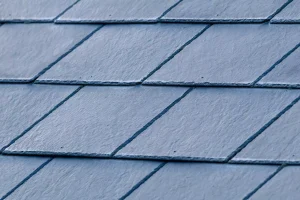
There are many benefits to building a home with energy-efficient features, including the fact that you’ll save money on energy bills and will have more comfort in it. Not only will your home feel more comfortable and pleasant to live in, but you’ll also increase its resale value. Listed below are just a few of the features that should be included in your new home. Keep reading to learn more.
Thermal mass: The walls and foundations of your home should be built with high thermal mass materials. These materials absorb heat energy and stabilize temperature changes inside the home, making it less likely to require your HVAC system to run. High thermal mass materials also reduce the frequency at which your HVAC unit will have to run. And they’re great for the environment, too. A high thermal mass wall is an essential part of any energy-efficient home.
High-efficiency appliances: Although high-efficiency appliances are more expensive than those without, they reduce air pollution and increase the home’s resale value. High-efficiency appliances can help you sell your home faster if you ever decide to sell. In addition, lighting in your home can help to control your temperature, a valuable feature when it comes to selling a home. Fluorescent lights are the most energy-efficient option for most home applications.
When buying a home, you can ask about energy-efficient home features by hiring a professional inspector. The inspector will also be able to identify insulation conditions, windows, energy points, and air vents. By asking about these features, you can identify the most energy-efficient features of the home and make an informed decision on whether to buy it. By focusing on these factors when buying a home, you’ll be saving money and the environment.
Window treatments can help reduce your energy bills. Double-glazed windows, for example, let in substantial natural light, reducing the need for artificial lighting. They also improve insulation and temperature control. Window treatments made with low-E glass are a great way to improve the insulation in your home, as well as protect your floors and furniture. You’ll also be helping the environment by reducing greenhouse gases. When it comes to energy-efficient home features, you may not realize how affordable it is to make your home energy-efficient.
New homes with high-quality energy-efficient features should meet the energy-efficient home requirements of the U.S. Department of Energy, which is continually updating energy efficiency standards. This will make it easier for your home to sell and appeal to buyers in the millennial generation. Additionally, energy-efficient homes will have higher resale value and attract millennial buyers. These are valuable benefits for any new home, and more agencies are starting to recognize their value to home buyers.
Some of the most energy-efficient homes feature energy-saving lighting. You can even install solar-powered lamps in your garden. In addition, fenestration, or the arrangement of windows and doors, can also affect your home’s energy efficiency. When choosing a home design, look for those with south-facing windows and skylights. These two features are essential for creating an energy-efficient home. They can reduce your energy bills and help you pass the star assessment.




